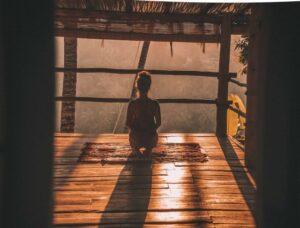When someone says Canada, the first thoughts that may enter your mind are that of polar bears, igloos, and maple syrup, but what you might not know is that Canada is famous for its beautiful mountains, hikes, and camping experiences. Despite its relatively smaller population, geographically Canada is the second largest country in the world! It’s home to some of the most incredible habitats and environmental destinations, such as the five great lakes, Whistler mountain, the Rockies, Niagara Falls and more!
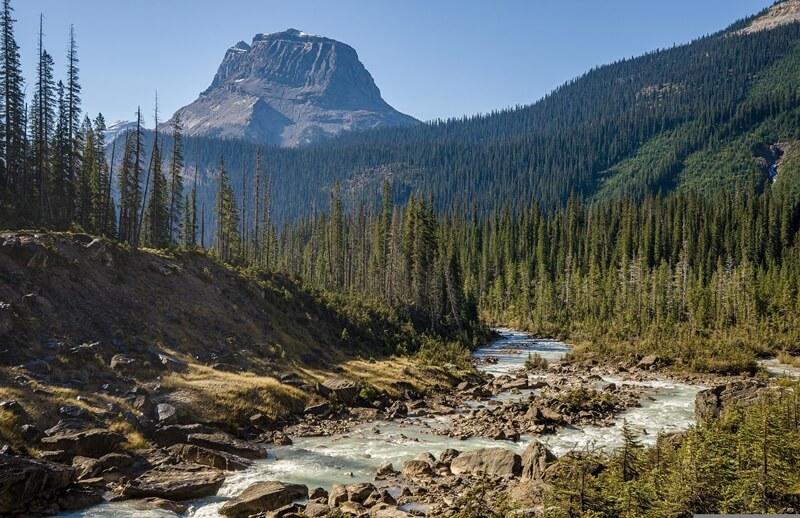
If a camping trip in Canada isn’t on your bucket list yet, then just wait until you hear about some of the incredible places and sights this country has to offer. With over 20,000 different trails and campgrounds, there are plenty of options to choose from!
Make sure to keep reading as we’ve put togethersome awesome tips and tricks on having an unforgettable Canadian camping experience during your next visit!
Why Choose Canada to go Camping?
The perks of camping in Canada are not only due to the pure beauty of its ecosystems and terrains but also the convenience of being able to find a trail that fits your level of hiking expertise and general interests.
A beginner hiker or family might not be interested in scaling large mountains or fighting against the blistering cold, but they may enjoy a more scenic experience that still poses just the right amount of challenge. Thankfully, Canada offers exactly this, and everyone has the choice of what terrains they want to conquer and sites they wish to see at the cost (both physically and financially) they’re willing to pay.
What to Bring When Camping in Canada
This question is difficult to answer in a broad sense and will require some research on your part, after having decided which Canadian camping destination will be your first! We will also provide a short list of some basic supplies and tools you might consider bringing on your camping adventure.
- Tent + Stakes (the stakes are meant to secure your tent to the ground and avoid it getting blown around in the wind)
- Sleeping Bags, Mats, and Pillows
- Headlamps and/or Flashlights
- Camp Chairs (optional)
- Extra Socks! (no one wants to hike with wet socks)
- Proper Shoes (make sure you have proper hiking shoes or boots to navigate the terrain)
- Sunglasses
- Duct Tape
- Food + Water! (Staying hydrated and nourished is essential for a good experience)
- Jacket (This will greatly depend on the hike but even a light jacket is nice to have on a sunny hike in case of emergencies.)
- First Aid Kit
- Sunscreen & Bug Repellent
- Map + Notebook
Top Camping Destinations in Canada
This list is not exhaustive but contains some of the items and tools you may find useful while on your camping journey. As an additional safety tip, we recommend that you inform some friends and family about the location of your campsite and how long you plan to be gone. This way if something goes wrong then you have someone back home looking out for you!
1. San Josef Bay, Cape Scott Provincial Park
- Difficulty Level: Beginner
- Recommended Gear: Swimsuits, beach shoes, flashlights, raincoats
- Cautionary Warnings: Bears and other wildlife, muddy during rainy seasons
- Costs: $10 CAD/adult, $5 CAD/child (As of 2022)
- Notable Features: White Sandy Beaches, Sea Caves

San Josef Bay, Cape Scott Provincial Park is a family-friendly overnight hike and camping route, which is located on the northwestern tip of Vancouver Island. The trail is great for hikers of all levels and offers overnight camping at a small fee.
The distance of the hike varies as you can choose to hike a total of 5 kilometres and an elevation of 201 meters to Josef Bay and back, or you may opt to trek a bit farther and reach other beaches such as Nels Bright or Lowrie Bay.
San Josef Bay is the most family-friendly option for happy campers and it offers some incredible scenery to relax and enjoy the sound of the ocean as you doze off in the sun. The beautiful white sandy beaches are not the only thing to admire when in this park but it also boasts some impressive old-growth Sitka and Western Cedar trees. Sitka trees are the largest spruce species in the world and the Western Cedar tree is special to Canada’s indigenous populations as it holds lots of cultural significance. This makes for an exciting adventure and opportunity to enjoy some of nature’s beauty when camping in Canada. We highly recommend San Josef Bay to all campers and hikers, particularly those that hope to have a more leisurely and relaxed camping experience.
2. Joffre Lake
- Difficulty Level: Intermediate
- Recommended Gear: Jackets, flashlights, fishing rods/license, bug spray
- Cautionary Warnings: Avalanches, wildlife, icy paths, No fires allowed, No pets allowed
- Costs: $6 CAD
- Notable Features: Waterfalls, lakes, mountains
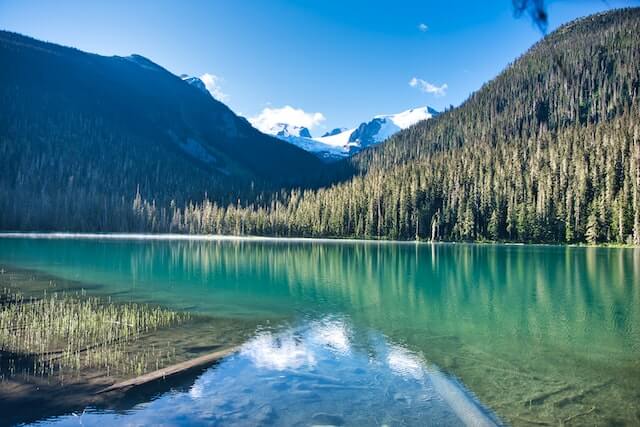
The Joffre Lake hike and campground is often claimed to be one of British Columbia’s most beautiful destinations. It’s an intermediate-level hike and takes about 4 hours to complete and provides a nice campground to enjoy. The hike is approximately 10 kilometers in distance and takes you to an elevation of 370 meters!
The trail is open to campers and hikers all year-round but only the experts know that the best time to go is in July or August when the chance of seeing a clear view of the light blue water and large mountains overhead is more likely. It’s important to note that camping is not available in the winter months due to the risk of avalanches.
Upon hiking the trail, you will come across three different lakes and each one of them provides a new stunning backdrop with light blue water and snowy peaks. To reach the campsite, you must make it to upper Joffre lake but make sure to go early as it operates on a first-come, first-serve basis.
The Joffre Lake hike is world-renowned for its incredible views and Instagram-worthy pictures. Each lake offers its own unique experience and a chance to enjoy some of the spectacular sites. We recommend that you keep your eyes peeled for the long floating log located in the middle lake, which is a popular photo spot for visitors and often has lines of people waiting to take their turn. That being said, Joffre Lake is an excellent representation of the beauty that is in Canada and leaves all its visitors smiling and excited for their next camping trip!
3. West Coast Trail
- Difficulty Level: Expert
- Recommended Gear: Refer to the list at the top of this article
- Cautionary Warnings: Wildlife, difficult terrain, rapid weather changes, deep waters, muddy and slippery
- Costs: 200$+
- Notable Features: forests, beaches, cliffs, springs, waterfalls, and more!
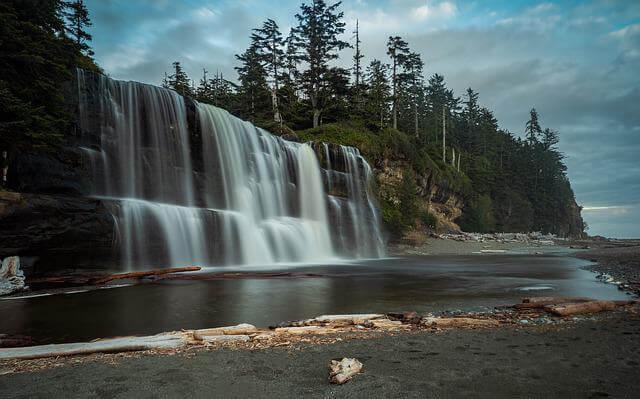
The West Coast Trail is a backpacking trail located on the southwestern edge of Vancouver Island in British Columbia, Canada. It is consistently ranked as one of the world’s greatest hiking trails and camping experiences!
The West Coast Trail is an impressive 75 kilometres long with 1,508 meters of elevation. The hike itself crosses several different terrains and temperature changes. You will be forced to tread past deep waters, climb hand-built ladders, pass through thick forests, rocky beaches, and more! The trail takes visitors an average of 6 to 8 days to complete.
There are 13 official campsites along the West Coast trail and each of them boasts impressive scenery and wildlife to be admired. The campsites are located mostly on the coast and provide access to fresh drinking water from nearby creeks, toilets, and metal food storage boxes. The trail offers these campsites to visitors attempting to complete the trail but anywhere is free ground and you ultimately decide where to set up camp. We recommend sticking to the assigned campsites as it can be difficult to find level ground elsewhere.
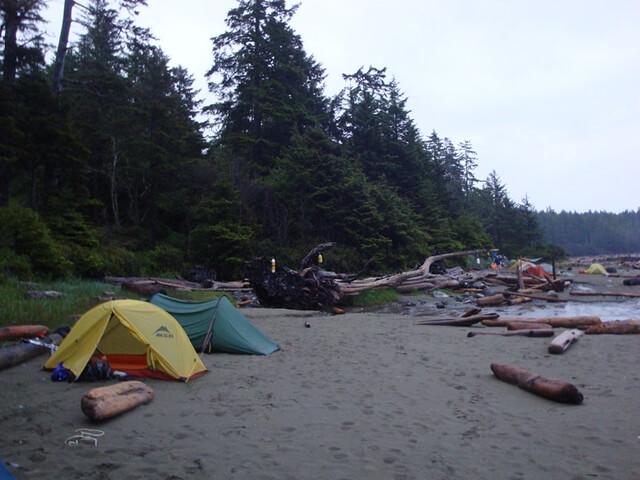
The trail itself is remarkably beautiful and is a truly breathtaking and rewarding experience for even the most experienced of hikers. It is not for the faint-hearted, so don’t attempt this trail if you are not properly prepared. If you are properly equipped and experienced, then the superb wildlife and views make the difficult trek well worth the effort! The journey is full of surprises as one second you might be hiking through lush rainforests, surrounded by trees and their pleasant aroma, or the next on a sandy beach setting up camp and falling asleep to the sound of waves sliding against the sand.
The west coast trail should be on every hiker’s bucket list as not only Canada’s but possibly the world’s greatest camping experience!
Are You Ready to go Camping in Canada?
Camping in Canada is an activity that every person should strive to experience, and we’ve only chosen a select few of the thousands of alluring options this beautiful country has to offer. It’s no wonder that thousands of nature enthusiasts, avid hikers, and families flock there every year to visit its thick forests and sandy beaches.
We hope this has inspired you to make plans to visit Canada soon and create an unforgettable camping experience! That being said, just remember to plan accordingly, pack the necessary equipment, research the hike and campground before setting off, and make sure to meet any governmental requirements.

